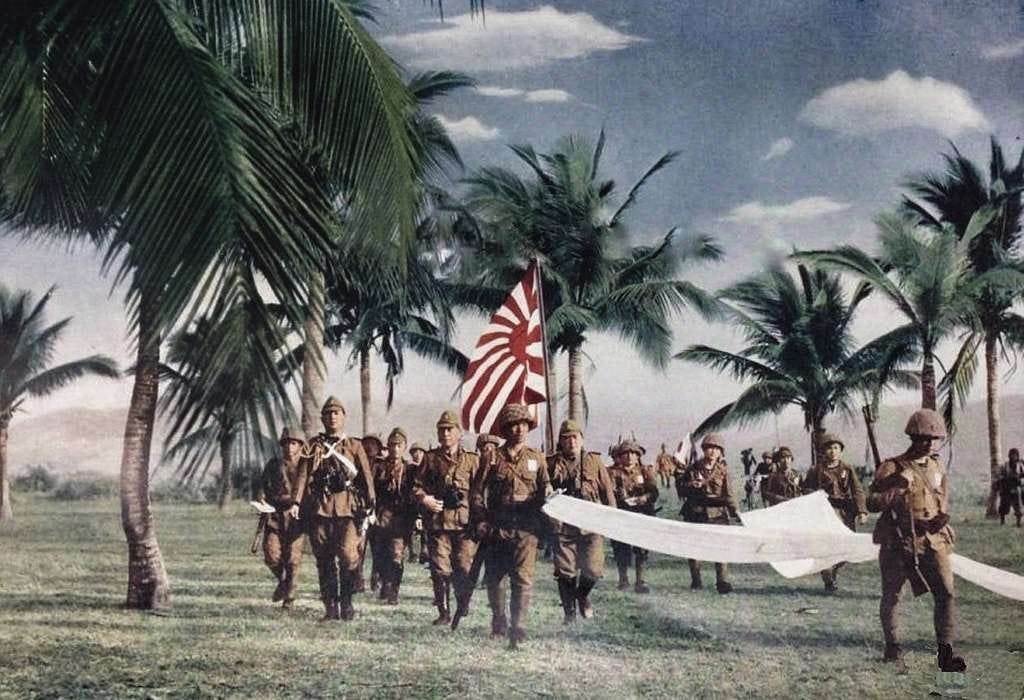Friday Reflection: Fire and Movement
On Episode 426: Peter Fritzsche, "1942: When World War II Engulfed the Globe"
Synopsis
In this episode, historian Peter Fritzsche joined us to discuss his new book 1942: When World War II Engulfed the Globe.
Movement was a theme throughout our conversation. Millions of people were displaced: refugees fled advancing armies, workers relocated to new industrial centers, and soldiers moved between fronts. Fritzsche noted that one in ten Americans moved in 1942, many to booming wartime cities such as Richmond, California, where shipyards sprang up almost overnight to produce Liberty ships. Similar displacements reshaped the Soviet Union as entire factories were evacuated eastward. The war was kinetic in every sense—armies, industries, and populations all in motion.
We then turned to the numbers that defined the conflict. Fritzsche reminded us how staggering wartime statistics can be: the daily production of aircraft, the millions in uniform, the billions of bottles of Coca-Cola produced for U.S. servicemen abroad, the pounds of mail shipped to soldiers of every nation in every theater. These figures, like the number of refugees or the industrial output of the United States, often surpass comprehension and remind us of the war’s vast scale.
The discussion moved back to late 1941 and the pivotal decisions that set the stage for 1942. Why did Hitler declare war on the United States? Fritzsche argued that the decision reflected ideological conviction rather than madness. Hitler saw the United States as a capitalist, Jewish, and mongrel power—ultimately weak, despite its size. He underestimated both American industrial potential and the willingness of its people to mobilize. This miscalculation, paired with Japan’s simultaneous offensives across the Pacific, ensured that the conflict became genuinely global.
We also addressed the Japanese American internment. Fritzsche explained how racist resentments on the West Coast, combined with the shock of Japanese victories in Hong Kong and Singapore, fueled demands for incarceration. Yet their internment was not immediately called for; calls for it began months after the Pearl Harbor attack, in response to fears that were given voice by newspaper reporters. The contrast between perceived threats and actual dangers underscored how fear shaped policy.
From there, we discussed how colonial empires were shaken by the attacks of 1942. The fall of Singapore revealed the weakness of European rule in Asia and emboldened anti-colonial movements, even as the Japanese occupation proved even more brutal. In India, divisions fractured nationalist aspirations, foreshadowing the conflicts of independence and partition.
The Holocaust was central to 1942, for the same reasons that Hitler thought it essential to declare war on the United States. Fritzsche emphasized that this was the year of mass killing: by year’s end, three-quarters of the Jews who would die in the Holocaust had been murdered. The German army, he noted, was deeply implicated in this process, participating in and abetting atrocities. The coherence of armies—German, Soviet, American, Japanese—was another theme: in contrast to World War I, desertions and mutinies were rare. Ideological or patriotic discipline kept civilians in uniform fighting, in the American armed forces as well as (more obviously) in the Soviet, German, and Japanese forces.
Finally, we discussed how World War III—the Cold War—later obscured the realities of World War II. The prospect of nuclear annihilation made earlier wars seem more contained, even when the nightmare of 1942 was a war without end. For Fritzsche, 1942 remains a year of extraordinary violence, mobility, and transformation, when the world was bound together by both terror and hope.
Questions for Discussion
1. Why was 1942 the year World War II became truly global?
2. How did the fall of Singapore reshape colonial politics in Asia?
3. Why did Hitler declare war on the United States, and what did that reveal about his ideology and reasons for fighting the war?
4. What role did industrial mobilization play in turning the tide of war?
5. How did propaganda and radio shape the global theater of 1942?
6. Why was 1942 the pivotal year of the Holocaust?
7. How did anti-colonial movements intersect with the global war?
8. What can Richmond, CA’s transformation tell us about the American home front?
9. How did soldiers’ letters sustain morale and ideological coherence?
10. How did the Cold War obscure our memory of World War II’s global realities?
Bibliography
Peter Fritzsche, 1942: When World War II Engulfed the Globe (Basic Books, 2025)
—, Hitler’s First Hundred Days (Basic Books, 2020)
—, An Iron Wind: Europe Under Hitler (Basic Books, 2016)
David Edgerton, Britain’s War Machine: Weapons, Resources and Experts in the Second World War (Oxford University Press, 2011)
Ashley Jackson, The British Empire and the Second World War (Bloomsbury, 2006)
Ian Kershaw, Fateful Choices: Ten Decisions that Changed the World, 1940–1941 (Penguin, 2007)
Robert Lyman, A War of Empires: Japan, India, Burma, and Britain, 1941-1945 (Osprey, 2023)
Richard Overy, Russia’s War: A History of the Soviet War Effort, 1941-1945 (Penguin, 1998)
Tim Snyder, Bloodlands: Europe Between Hitler and Stalin (Basic Books, 2012)
Gerhard L. Weinberg, A World at Arms: A Global History of World War II (Cambridge University Press, 1994)


